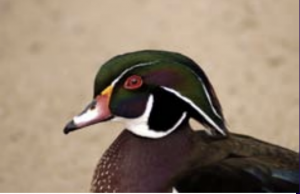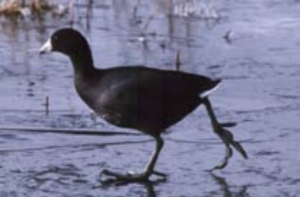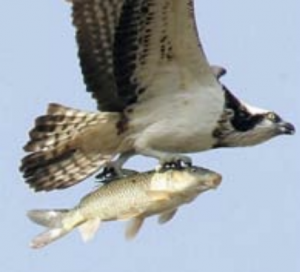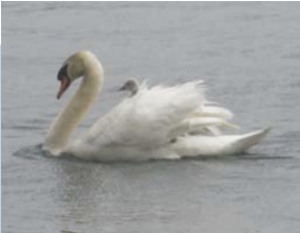The diversity and health of watershed populations of mammals, fish, reptiles, amphibians, insects, and birds are dependent on the quality of natural habitats and unbroken interconnections of their food chain relationships.
Watershed Mammals

Fisher Cat
Mammals are present in the watershed all year round. Various species can be found throughout the watershed. Animals such as Black Bears, Fisher Cats, River Otters, Raccoons, Opossums, Red Foxes, Gray Foxes, Coyotes and various types of Squirrels, including flying squirrels, are present.
Watershed Fish Species

Fish Species
There are many different types of fish species that live in the watershed. These include the Alewife, the American Eel, the Brown Bullhead, the Smallmouth Bass, the White Sucker, and the Yellow Perch.
Reptiles and Amphibians

Spotted Salamander
There is a variety of reptiles and amphibians within the watershed all of which depend upon the health and natural resources in which the ponds offer. Some species native to the watershed are endangered or threatened due to habitat loss, including turtles. One of the most frequently found amphibians in the watershed are salamanders which can frequently be found under logs surrounding the ponds.
Watershed Birds
Birds are everywhere throughout the watershed all year long. Some species that have been reported are some Bald Eagles that have made themselves at home over the last couple of years. Throughout the summers Ospreys, Turkey Vultures, Kingfishers, and herons can be seen nesting in the area. Throughout the winters there are a variety of different ducks and coots that can be seen around. Wild Turkeys that frolic around the forest nest the ponds and Mute Swans tend to nest and congregate on Little Herring Pond.

Bald Eagle

Wood Duck

Coot

Osprey

Mute Swan
